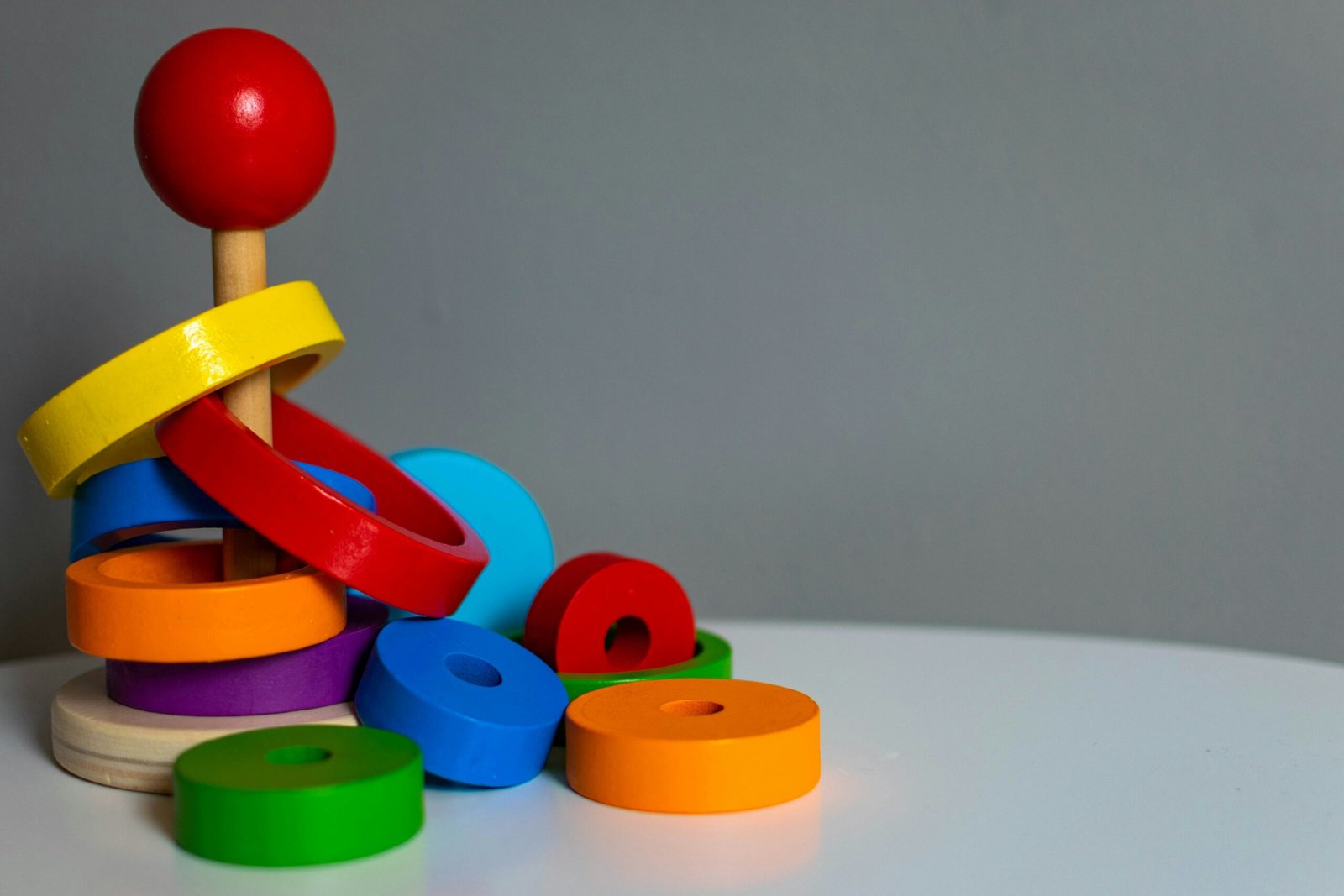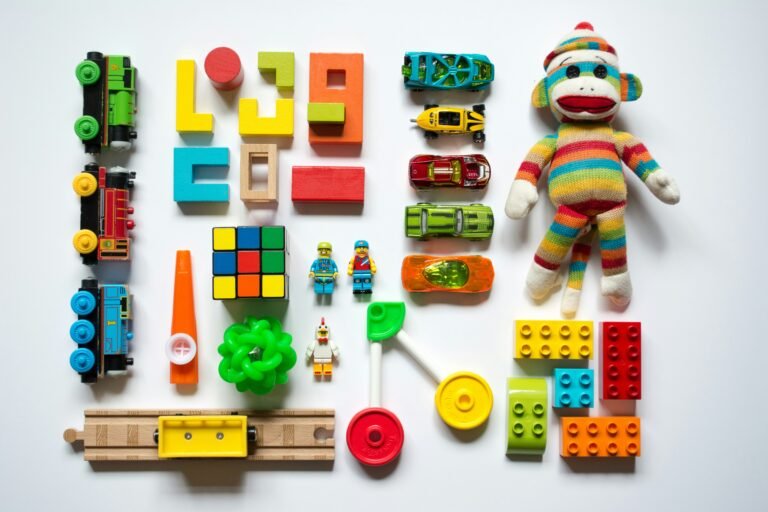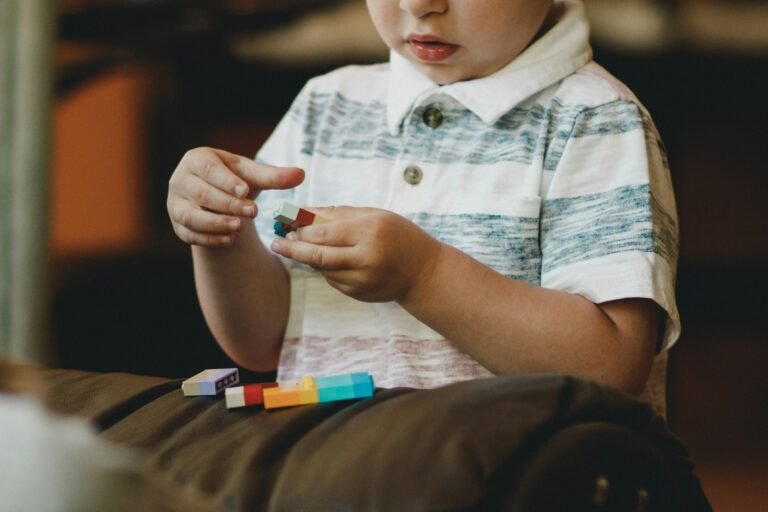What to expect from a typical ABA therapy session and how it helps your child grow
If you’re considering ABA (Applied Behavior Analysis) therapy for your child, you might be wondering: What does a day in therapy actually look like?
While every child’s program is personalized, ABA therapy follows a consistent structure designed to help children develop meaningful skills in a positive, engaging environment. Here’s a look at what a typical day might include.
Morning Arrival
Your child arrives at the center or is greeted by their in-home ABA therapist with a warm, familiar routine. ABA therapists work hard to build strong, trusting relationships with each child because connection is the foundation for learning.
- Quick check-in with parents or caregivers
- Visual schedule introduced for the day
- Brief transition activity (like a favorite song or toy)
Routine builds comfort and reduces anxiety especially for children who thrive on predictability.
Skill-Building Sessions (Structured Play)
Therapy sessions are structured, but also fun! Using evidence-based strategies, the therapist works on specific goals tailored to your child’s developmental level. These sessions are often broken into short, engaging activities.
Goals may include:
- Communication (asking for help, using words or AAC devices)
- Daily living skills (washing hands, cleaning up)
- Social skills (taking turns, eye contact)
- Emotional regulation (waiting, expressing feelings)
- Academic readiness (colors, numbers, letters)
Reinforcement is used to celebrate success like praise, tokens, or access to a favorite activity.
Natural Environment Training (NET)
In this part of the day, your child learns through everyday play and interaction reinforcing skills in a more relaxed setting. NET helps generalize behaviors to real-world contexts.
Examples include:
- Playing with toys while practicing turn-taking
- Cooking a snack to practice following directions
- Walking in the hallway to practice safety and transition
Therapy doesn’t have to feel like work children learn best through play and connection.
Snack and Break Times
Just like in school, breaks are built into the day to support sensory regulation and avoid burnout. During breaks, children can:
- Eat a snack
- Relax in a calming area
- Engage in free play or sensory activities
- Practice self-regulation skills when needed
Breaks are therapeutic too they teach independence, self-care, and transitions.
Group or Peer Activities (if applicable)
Some ABA programs include opportunities for children to engage with peers to build social interaction and cooperative play.
- Small group games
- Parallel play with therapist facilitation
- Practicing greetings, sharing, and requesting
Social goals are practiced in real-time with gentle guidance and support.
Data Collection & Progress Tracking
Throughout the day, therapists collect data on your child’s goals to measure progress and guide program adjustments. This ensures your child’s plan evolves as they grow.
- Behavior tracking
- Skill acquisition data
- Notes on what strategies worked best
ABA is data-driven, but always child-focused.
Parent Communication
At the end of the day (or session), the therapist checks in with the parent or caregiver to share:
- What goals were practiced
- Any new achievements or challenges
- Suggestions for home carryover
- Answers to parent questions or concerns
Some centers also send digital daily reports or offer regular meetings with the BCBA (Board Certified Behavior Analyst).
What Makes Each Day Unique?
While there’s structure and repetition, every day is also different because your child is growing, learning, and changing. Therapists adapt activities based on mood, interests, energy level, and progress.
ABA is not rigid. It’s flexible, responsive, and personalized always keeping your child at the center.




